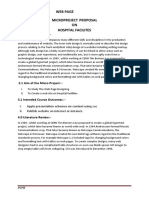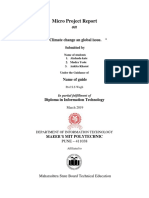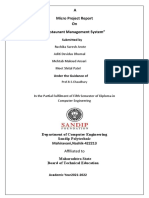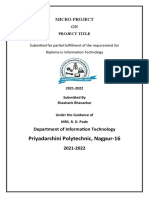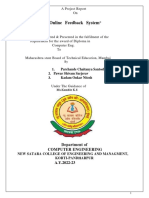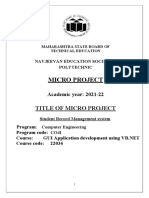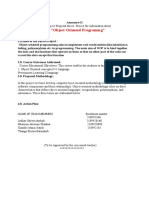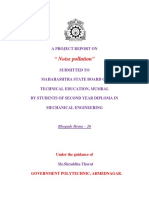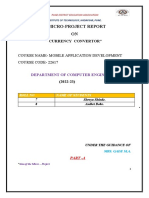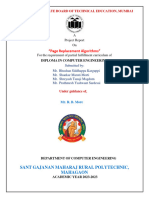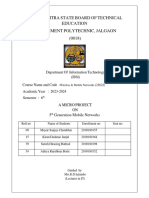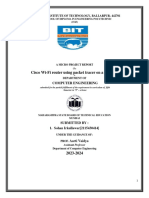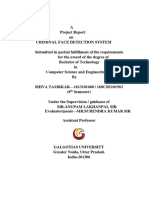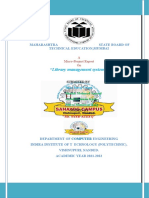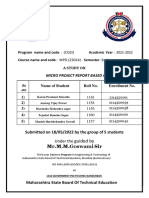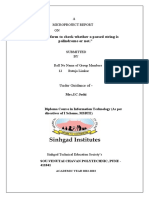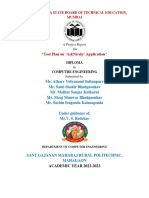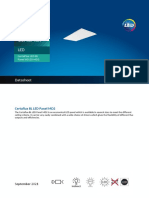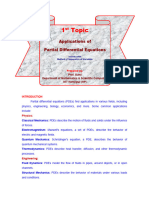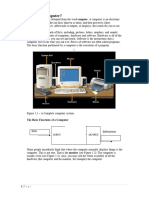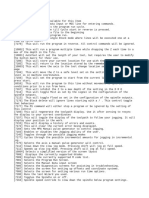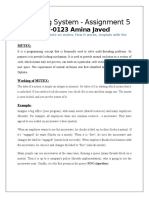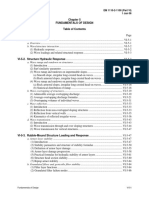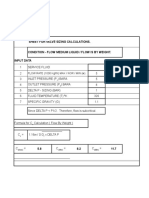0% found this document useful (0 votes)
189 views27 pagesDiploma Project: Round Robin Algorithm
This document is a project report submitted by five students for their diploma in computer engineering. It examines the Round Robin scheduling algorithm. The report includes an abstract, introduction, sections on the First Come First Serve algorithm and Round Robin algorithm with use case diagrams, data flow diagrams, and comparisons. It received approval from internal and external examiners and the principal.
Uploaded by
Krishna AhireCopyright
© © All Rights Reserved
We take content rights seriously. If you suspect this is your content, claim it here.
Available Formats
Download as DOCX, PDF, TXT or read online on Scribd
0% found this document useful (0 votes)
189 views27 pagesDiploma Project: Round Robin Algorithm
This document is a project report submitted by five students for their diploma in computer engineering. It examines the Round Robin scheduling algorithm. The report includes an abstract, introduction, sections on the First Come First Serve algorithm and Round Robin algorithm with use case diagrams, data flow diagrams, and comparisons. It received approval from internal and external examiners and the principal.
Uploaded by
Krishna AhireCopyright
© © All Rights Reserved
We take content rights seriously. If you suspect this is your content, claim it here.
Available Formats
Download as DOCX, PDF, TXT or read online on Scribd
/ 27




